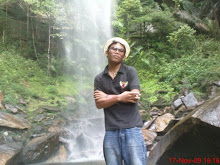To move from the older teaching model to the newer one, language teachers need to think about what they do and how and why they do it. Reflective practice allows instructors to consider these questions in a disciplined way.
Reflective practice asks:
-
Which teaching model am I using?
-
How does it apply in specific teaching situations?
-
How well is it working?
Every instructor starts with an initial theory of language teaching and learning, based on personal experiences as a language learner and, in some cases, reading or training. In reflective practice, the teacher applies this theory in classroom practice, observes and reflects on the results, and adapts the theory. The classroom becomes a kind of laboratory where the teacher can relate teaching theory to teaching practice.
The theory provides a unifying rationale for the activities that the instructor uses in the classroom; classroom observation and reflection enable the instructor to refine the theory and adjust teaching practice. Concepts that the teacher acquires through reading and professional development are absorbed into the theory and tested in the reflective practice cycle.
This cycle of theory building, practice and reflection continues throughout a teacher’s career, as the teacher evaluates new experiences and tests new or adapted theories against them.
We suggest that you adopt a reflective approach to the material presented in this Web site. Consider which teaching model underlies the definitions, techniques, and applications presented here. Try the ideas we suggest in your own classroom, and compare them with your own experience. Doing so will help you integrate this material most effectively into your own teaching philosophy and practice.





0 komentar: